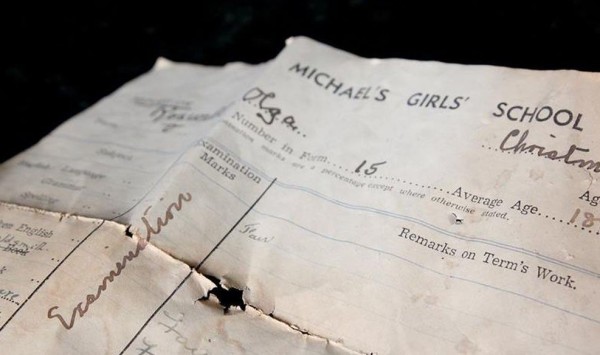PVT. EDWIN RUOFF (A BEDSTUY HERO) (1918)
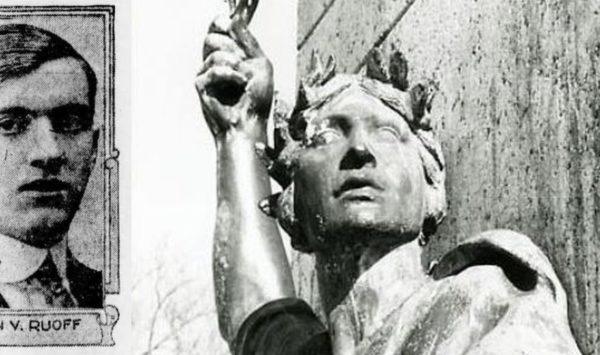
******************************************************************************************************************************** Brownstone Detectives investigates the history of our clients’ homes. The story you are about to read was composed from research conducted in the course of one of those investigations. Do you know the history of YOUR house? ******************************************************************************************************************************** In 2014, The Brownstone Detectives partnered with the New York City Parks Department to help celebrate the lives of the servicemembers of Bedford-Stuyvesant Heights who made the ultimate sacrifice during the Great War. We researched these heroes to locate pictures, stories, and their descendants to be brought together for a ceremony that dedicated a new “Victory and Peace” war memorial at Saratoga Park. This biography tells the story of one of those servicemembers. PVT. EDWIN V. RUOFF Before being drafted into the U.S. Army to fight in the Great War, Private Edwin V. Ruoff was a resident of Stuyvesant Heights where he lived at 193 Ralph Avenue. He was killed in an accidental bomb explosion on 3 June 1918 in France, when a supposedly harmless shell went off. The explosion, which took the lives of 45 soldiers in total, occurred when the company was drilling. It all started when one of the men discovered the “bomb or hand grenade” and “began fooling with it.” Then, “after tossing it about and whirling it around, he let it drop. As the missile hit the ground, there was a terrific explosion, the force of which threw almost every member of the company to the ground.” THE ARMY VISITS MRS. RUOFF According to the Brooklyn […]
“BLOWN TO PIECES” ON MACON STREET (1916)
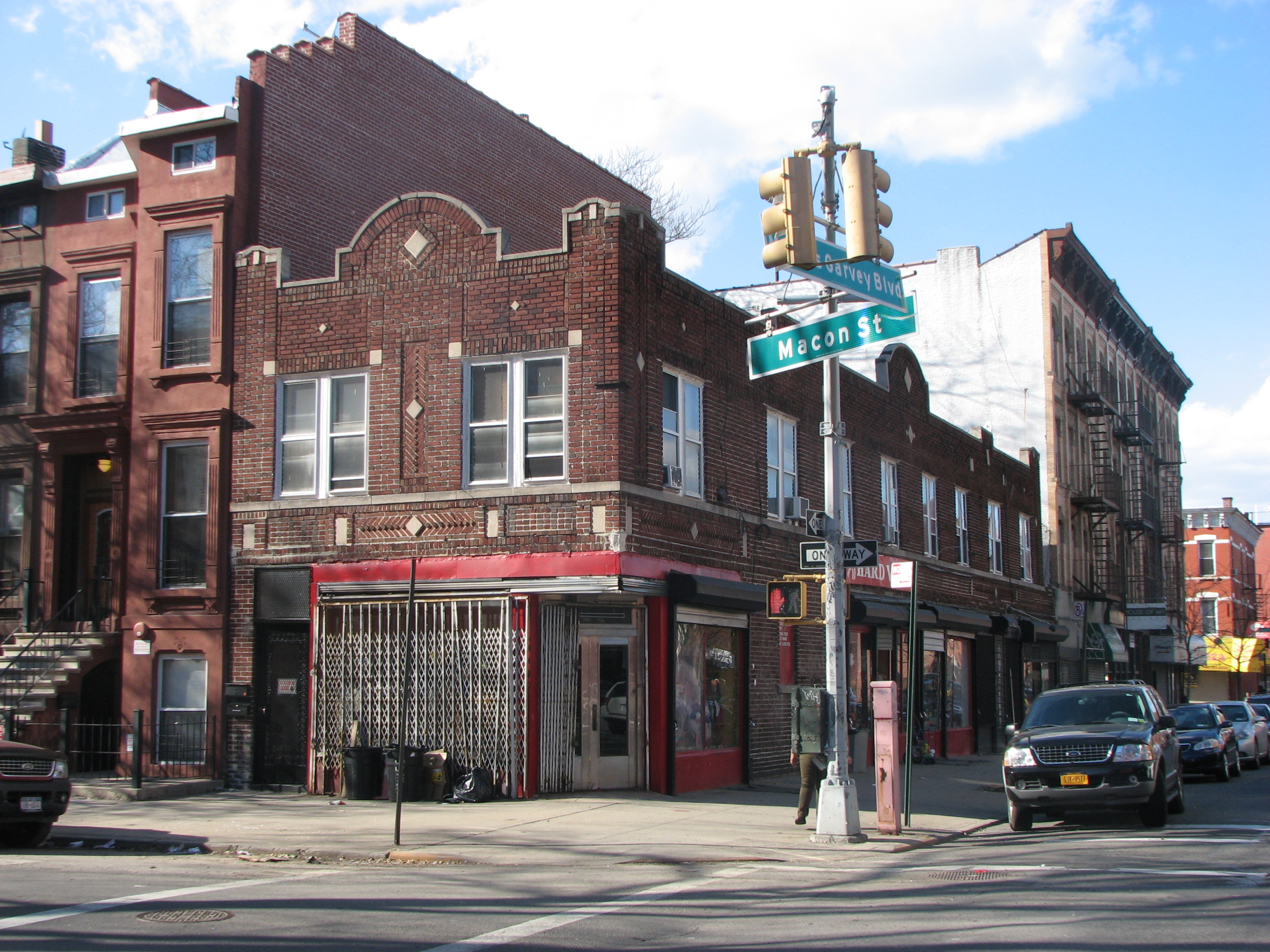
******************************************************************************************************************************** Brownstone Detectives investigates the history of our clients’ homes. The story you are about to read was composed from research conducted in the course of one of those investigations. Do you know the history of YOUR house? ******************************************************************************************************************************** On a warm summer morning in 1916, five people were killed and “more than a score were injured” when a masonry building on Macon Street was “blown to pieces” in a gas “explosion” occurring shortly after most of the building’s inhabitants had left for work for the day. Authorities were still attempting to determine who may have been in the building at the time of the blast, but the source of the explosion was believed to be a gas leak from the cellar of the building. THAT WAS THEN, THIS IS NOW This story was written more than 100 years ago, in 1916. The explosion, which fractured many Brooklyn lives, took place in the middle of Stuyvesant Heights at the corner of Macon Street and Sumner Avenue (now Marcus Garvey). Similar in detail to the East Village gas explosion of a few years back, only the time and place has changed. Both the buildings were residential with stores on the ground levels, and the 1916 explosion, itself, was also caused by a gas leak. Apparently, gas leaks have been leveling buildings since buildings were being plumbed with the element. In 2015’s explosion, the gas in the building was used for heating the apartments and the building’s water. In 1916, the gas […]
INSIDE SUMNER ARMORY – BASEBALL! (1895)
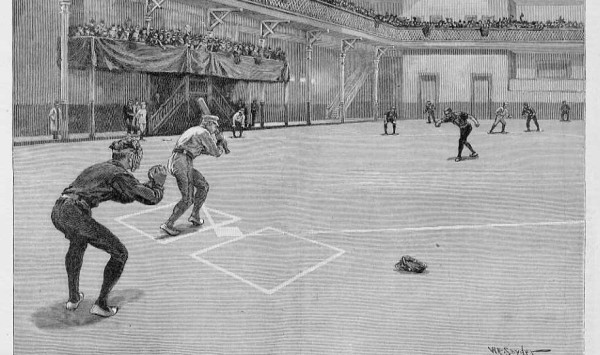
******************************************************************************************************************************** Brownstone Detectives investigates the history of our clients’ homes. The story you are about to read was composed from research conducted in the course of one of those investigations. Do you know the history of YOUR house? ******************************************************************************************************************************** Back in the day, in addition to drilling the troops, our national guard reserve units used to utilize our armories the way we all hope they’ll be used again one day – for exercise and fitness. Here at the 13th Regiment Armory (formerly known as the Sumner Armory on Sumner Avenue [now known as Marcus Garvey Boulevard] between Jefferson and Putnam Avenues), a number of the men chose up sides and played a game of baseball – inside. By the mid 1870s, “baseball already was popular in most big eastern cities and remained so throughout the nineteenth century,” noted “The Great Encyclopedia of Nineteenth-Century Major League Baseball” By David Nemec. “The ball was softer, the fielders never wore gloves, the bases were closer together and sliding was taboo–otherwise spectators saw much the same display of skills they did during the outdoor season.” Views of the armory (which was built in 1891, according to Save Bedford-Stuyvesant, in order to replace an armory in Flatbush) from the outside are all too easy to come by. But shots like these (drawings, rather), depicting the layout of the structure from the inside, appear much less often. Originally, according to the New York Times, “(i)nside the headhouse, the administrative section at the front of the armory, […]
THE MISSING CORNERS OF BED-STUY (1941)
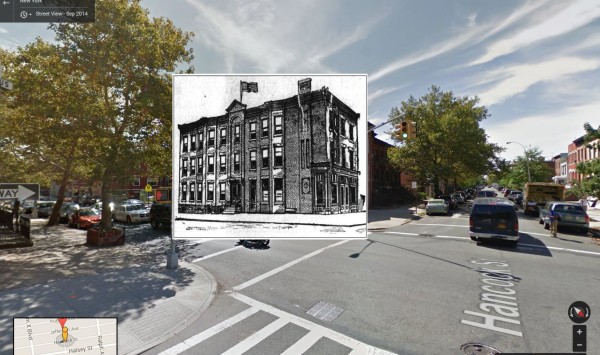
******************************************************************************************************************************** Brownstone Detectives investigates the history of our clients’ homes. The story you are about to read was composed from research conducted in the course of one of those investigations. Do you know the history of YOUR house? ******************************************************************************************************************************** So many of our corner buildings are missing. If you walk around any neighborhood that was built-up in the late 19th/early 20th century, you’ll find that many of these “end-lot” buildings did not survive the “down” periods of Brooklyn history. Compared to their smaller 1- and 2-family homes that have historically surrounded them, these larger apartment buildings have had a much more difficult time staying maintained and holding on to their tenants. Largely due to costs, the maintenance and upkeep has gone first, followed by the disappearance of the tenants – then the buildings themselves. Many of these buildings have been torn down, actually, since the 1980s – some as recently as 7-10 years ago. Sadly, we even see “tear-down” candidates which have surprisingly lasted into the present century – those buildings which, to a builder, would be cheaper to tear down than to renovate. If you want to see what these old “disappeared” apartment buildings look like, there is a deteriorating example that sits today at the corner of Malcolm X Boulevard and Macon Street. This one is already on the auction block and, sadly, will struggle to survive into the next decade. THE LOTS OF BED-STUY One Brooklyn neighborhood where empty corner lots abound is Bedford-Stuyvesant. These lots tell […]
OCEAN HILL VS. OCEAN HILL
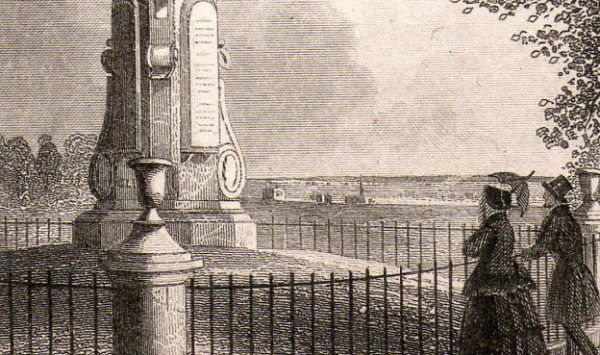
******************************************************************************************************************************** Brownstone Detectives investigates the history of our clients’ homes. The story you are about to read was composed from research conducted in the course of one of those investigations. Do you know the history of YOUR house? ******************************************************************************************************************************** Before there was Ocean Hill, there was…Ocean Hill…. Researching the history of this Brooklyn moniker, though, points you in the direction of two very different places with two very different histories. There is the original Ocean Hill in Green-Wood Cemetery, a geographic location used famously by George Washington during the American Revolution. And then, there is the Ocean Hill in the eastern section of Bedford-Stuyvesant, created by developers in 1860s Bushwick. The only characteristic the two places have had in common – other than the name – was a view of the ocean from their perches. But, now, even that is gone for one of them. OCEAN HILL – GREEN-WOOD CEMETERY Ocean Hill in Brooklyn’s City of the Dead, Green-Wood Cemetery, is likely as old as the cemetery itself, which dates from 1838. While it was not likely known as such during the American Revolution, the high vantage point was used by George Washington before the Battle of Brooklyn to observe the British forces, which were gathering to the south (and which would subsequently drive him out of New York). Ocean Hill according to Green-Wood Illustrated (issue 1), “is one of the most elevated spots in the Cemetery,” and “it occupies the north-eastern corner of the grounds.” “The sea itself,” the […]
TRAILING A BROOKLYN SNEAK THIEF (1885)
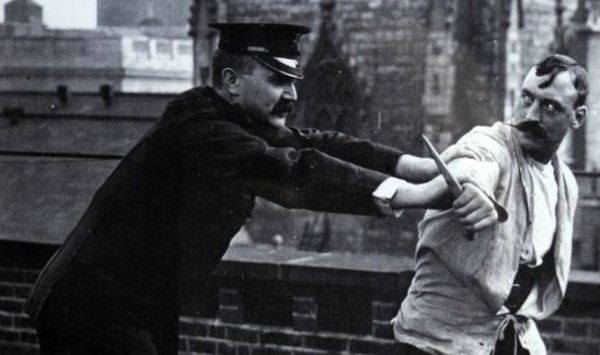
******************************************************************************************************************************** Brownstone Detectives investigates the history of our clients’ homes. The story you are about to read was composed from research conducted in the course of one of those investigations. Do you know the history of YOUR house? ******************************************************************************************************************************** (From The Brooklyn Daily Union of Thursday, 25 June 1885.) “Two Jimmies and a Lot of Skeleton Keys and Lock Picks in His Possession – After Surveying the Residence of the Superintendent of Police He Goes Elsewhere and is Caught at Work. ” A few days ago a sneak thief, who got into a house in Hart street, was seen by a woman living on the opposite side of the street when he was leaving. She furnished Captain McLaughlin with a description of the man, which was subsequently given to Detectives Kelly and Druhan, of the Gates avenue station. Yesterday afternoon Kelly and Druhan left the station together and on looking up the street, not 200 feet away, saw a man who answered the description in every particular. The man was near Marcy avenue, and the detectives got out of the way until he passed them, and then followed in his footsteps. He went up Madison street, then to Tompkins avenue, Putnam avenue and finally to Bedford. The detectives by jumping on cars and running in and out of stores had become separated, but Kelly kept the man in sight, and did not let him get far away from him. The man went up Bedford avenue, out of the Ninth and […]
CALVIN COOLIDGE & THE BUNNY HUG (1922)

******************************************************************************************************************************** Brownstone Detectives investigates the history of our clients’ homes. The story you are about to read was composed from research conducted in the course of one of those investigations. Do you know the history of YOUR house? ******************************************************************************************************************************** Vice-President Calvin Coolidge came to the Eastern section of Stuyvesant Heights one night late in 1922 to stump for the local Republican senator ahead of the mid-term elections. And in so doing, he would wind up in a nite club known for its bawdy dancing and raids on its illegal booze sales. It was the country’s first “working girl’s model dance hall,” The Arcadia. Dedicated specifically, at the time it was built in 1912, to “proper” dances for working girls, the hall – located at the corner of Halsey Street and Saratoga Avenue, across the street from Saratoga Park – had been supported by proponents who had lobbied successfully for anti-tango legislation, designed to outlaw “the turkey trot and other sensational dances.” For several years, the hall was a chaste facility which forbid “bunny-hugging” and tangoing, and kept a number of dance monitors on the dance floor to enforce these rules. You broke them once and you were kicked out for good – never allowed to return to the popular dance spot. Ten years later, though, it was the era of Prohibition, and the hall’s reputation had sunken somewhat in the estimation of its neighbors. Being the largest dance hall in the area, though, Vice President Calvin Coolidge would use it […]
REDEMPTION COMES FOR A BOY FIREBUG (1913)
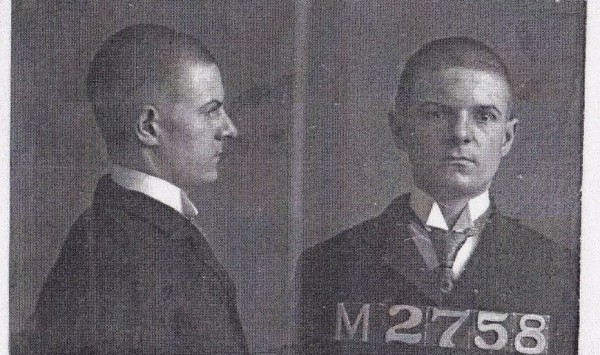
******************************************************************************************************************************** Brownstone Detectives investigates the history of our clients’ homes. The story you are about to read was composed from research conducted in the course of one of those investigations. Do you know the history of YOUR house? ******************************************************************************************************************************** (Ed.’s Note: A few weeks ago we received a letter from out of the blue. The writer claimed something fantastic – something astounding. It was a coincidence that spawned a story which gave life to an incredible – but true – tale. A story that we had written in a Brownstone Detectives blog several months earlier had recently popped up in this gentleman’s Google search about his great-grandfather. His great-grandfather, though, was no ordinary Brooklynite. For months in 1899 he had set fires in the houses – and fear in the hearts – of the Brooklynites of the Eastern District. He had also set the city to talk about, theorize on, and fabricate what had been causing the fires and where they would blaze next. The story you will read lays out the very particulars and the characters involved in the case. It is written by a particularly credible and relevant source of the information, information that was uncovered through some keen and dedicated detective work. For the gumshoe detective work behind this piece of crime investigation was performed by a man who only last year came to learn of this fantastic and amazing tale – fantastic because it was about his family, and amazing because no one in his family […]
A HEART FROM BED-STUY’S GIANTESS (1898)
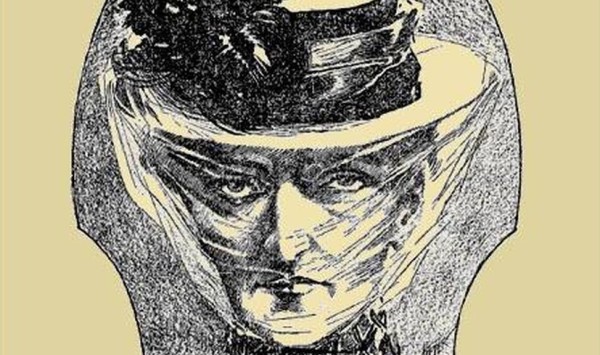
******************************************************************************************************************************** Brownstone Detectives investigates the history of our clients’ homes. The story you are about to read was composed from research conducted in the course of one of those investigations. Do you know the history of YOUR house? ******************************************************************************************************************************** The history of Bedford-Stuyvesant embraces many giants. There is Jackie Robinson, Jackie Gleason, and Chris Rock, just to name a few. Bedford-Stuyvesant, though, probably claims only one giantess. It most certainly claims only one murdering giantess – and, no doubt, claims the first murdering giantess to be put to death in the electric chair. Martha Place, who lived for a time in a brick townhouse at 598 Hancock Street, was that giantess. She stood 6 foot 7 inches tall and – around Valentine’s Day of 1898 – had become the talk of Stuyvesant Heights. But her popularity was not due to her loving, endearing ways. Quite the opposite. It was because she had committed such a brutal murder that year that the State of New York considered, for the first time, putting a woman to death in their new-fangled electric chair. The electric chair had been adopted by the State of New York just ten years previous. And in the decade to follow, just 25 men had been executed with it. This would be the first time, though, that “Old Sparky” would snuff out the life of a woman. Indeed most people could not believe it was about to happen. A jealous and volatile woman, Martha had had the “temper of […]
